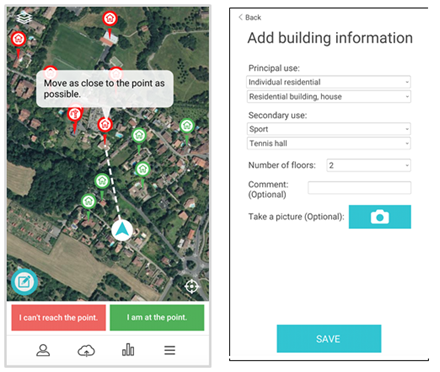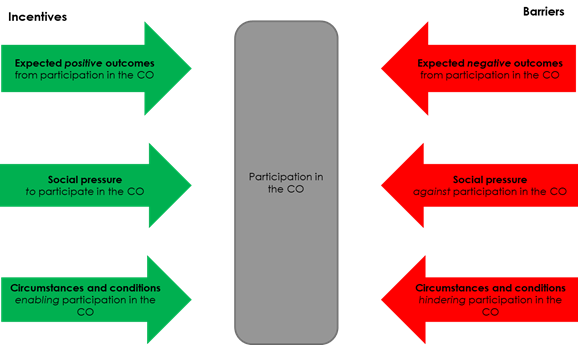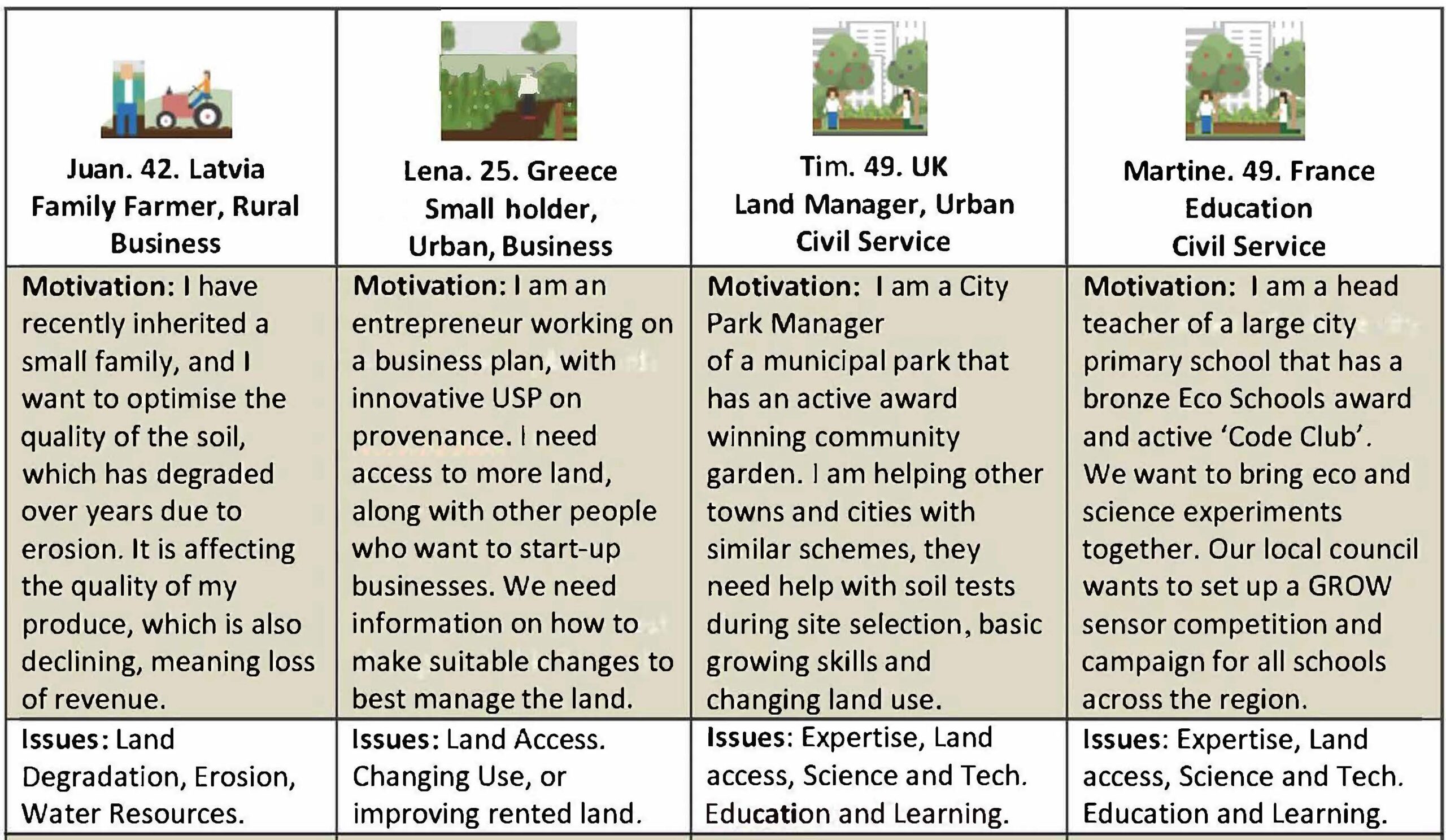In general, practice-based experience suggests that the following activities are effective means by which Citizen Observatory leaders and community managers can ensure continued motivation of the Citizen Observatory members:
- Develop feedback loops (about the validity and use of the data),
- Recognise volunteer contributions (in meetings, on websites, in papers),
- Train and invest in Citizen Observatory members,
- Provide clear leadership, structure and organisation, and
- Organise social events for the members.
Lessons learned from the Ground Truth 2.0 project
Image: Ground Truth 2.0
An analysis of the incentives and barriers for participation in the “Meet Mee Mechelen” Citizen Observatory (focused on air quality monitoring) showed that the citizens, scientists and decision-makers had clearly differing motivations and expectations: the citizens wanted to effect change, policy-makers wanted to collaborate with citizens in innovative ways, and the scientists wanted to gain experience with citizen science in order to move on to new projects. Clashes in their respective incentives systems affected their continued engagement in the observatory. For example, decision-makers were hesitant to share the air quality monitoring results with the public due to concerns about scrutiny and public pressure to act. The citizens were sceptical about the likelihood that their monitoring efforts would make a difference. The key aspect that ensured continued participation of citizens was evidence that the Citizen Observatory’s measurement results were being used and were helping to create change: public events were set up to disseminate and discuss the results, and air quality was placed high on political as well as policy agendas. On the other hand, the decision-makers needed to see relations with citizens in the Citizen Observatory shift from perceived ‘civil activism’ towards collaboration and partnership. Finally, the scientists involved in this Citizen Observatory were participating on a project basis, rather than for the long run. Their key motivations were to gain experience in citizen science and establish business partnerships that could open doors to new projects in this field. Responding to these different motivations required deliberate efforts by the community managers, including careful facilitation of meetings and steering towards clear agreements among the Citizen Observatory’s stakeholders.
Lessons learned from the Landsense project

Screenshots from the Paysages mobile app showing locations where data are to be collected (left) and the screen to add building information after reaching the intended point (right)
One of the aims of the LandSense project was to mainstream the use of data collected from Citizen Observatories, as this would contribute to lowering the costs of producing scientific information on land cover and land use. One of the LandSense partners, the French National Mapping Agency (IGN), in collaboration with IIASA, developed the Paysages mobile application (shown below). The intended participants were the citizens of the city of Toulouse. One of the app’s incentives was gamification, and another was its appeal to citizens’ altruistic motivations to take part. However, the developers found very little uptake or interest from the citizens. This was partly because the in situ data collection (meaning that participants were directed to specific locations to collect data) required a considerable amount of effort. Even IGN staff testing the app reported that this was an issue. Based on this experience, IGN then changed its approach. It combined armchair-style mapping with targeting authoritative users of the land use land cover product instead of lay citizens, because the former had a vested interest in the product being as up to date as possible. This underlying motivation resulted in participation being much higher. Moreover, since many authoritative users have expert knowledge of land use and land cover, it also meant that familiarity with these concepts was higher. The key lesson learned was to match the motivation for the data collection task with the right stakeholders.
![]()



